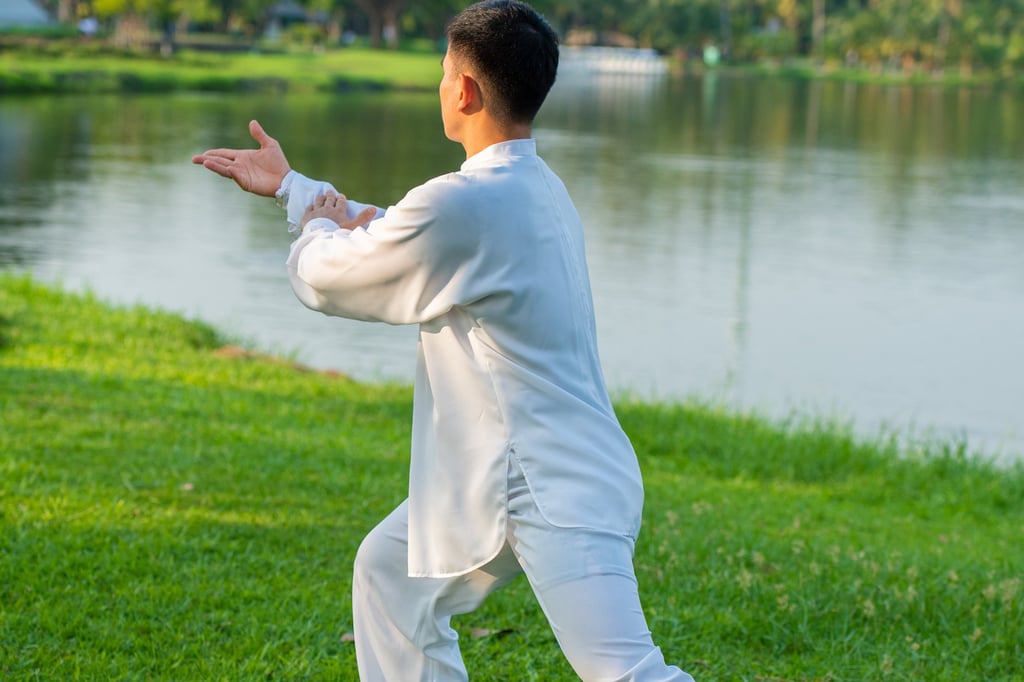In a secluded hot spring pool in the coastal town of Xingcheng in northeast China, a group of 50 robust men move their bodies in unison, practising a form of qigong known as baduanjin while a melody drifts through the mist.
Aged between 23 and 48, the men are China’s top fighter pilots, many hailing from the country’s most competitive carrier-based aircraft squadrons. They are using an ancient Chinese practice to harness the body’s vital energy, or qi, to improve muscle development.
According to scientific data analysis, this unconventional approach is proving to be “remarkably effective”. A peer-reviewed paper published in the Chinese Journal of Rehabilitation Medicine this month revealed that, compared to pilots engaging solely in Western-style exercise, those practising qigong have seen an average increase of 15 per cent in the thickness of their core muscle groups, including their back and waist muscles.
The elite pilots of the People’s Liberation Army (PLA) fly some of the world’s most advanced and complex stealth fighter jets. Their training is intense, facing scenarios such as cooperating with drones. To meet the demands of future hi-tech air battles, the intensity of their daily training has surpassed that of their American counterparts, posing unprecedented challenges to their physical endurance.
Practised in China for thousands of years, qigong emphasises the harmonious flow of qi through the body, ultimately achieving a state of balance between heaven, Earth and humanity.

Originating in the Song dynasty over 800 years ago, baduanjin is a gentle yet powerful form of qigong that, combined with unique breathing techniques, has a profound effect on strengthening the body.

 By South China Morning Post | Created at 2024-12-12 12:06:54 | Updated at 2024-12-12 14:49:34
2 hours ago
By South China Morning Post | Created at 2024-12-12 12:06:54 | Updated at 2024-12-12 14:49:34
2 hours ago








